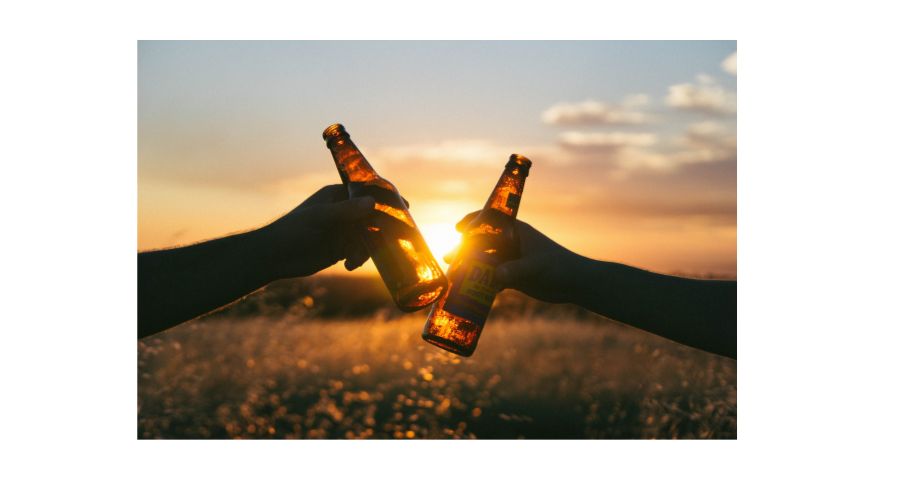
What Is Belgian Brune? A Toast to Dark, Malty Goodness
If you’re browsing for something rich, complex, and a bit continental, you might come across the term Belgian Brune(or Bruin in Flemish). It’s not quite a stout, not quite a porter, but it definitely lives in the darker side of the beer world.So, what exactly is a Belgian Brune? And where did this dark delight come from?
Belgian Brune in a Nutshell
A Belgian Brune (literally “brown” in French) is a dark ale known for its deep mahogany colour, malt-forward profile, and notes of caramel, dried fruit, and spice. Unlike a stout, which leans heavily on roasted bitterness, Brune is all about balance sweetness, soft bitterness, and sometimes a yeasty, spicy edge from traditional Belgian fermentation.
Think of it as cozy and complex. A beer that feels like it should be sipped by candlelight in a monastery… because, well, historically, it often was.
A Brew with Monastic Roots
Like many Belgian beer styles, Brune has strong ties to monastic brewing traditions. In particular, it shares a family resemblance with Dubbel, a Trappist beer style that first emerged in the 19th century. The Dubbel was brewed by monks at Westmalle Abbey near Antwerp and became a blueprint for rich, dark ales made with candy sugar and top-fermenting yeasts.
Belgian Brunes evolved alongside Dubbels, often with a slightly lower alcohol content and a more everyday appeal. These beers became household staples in Belgium, enjoyed at family dinners, festivals, or local cafés.
Over time, the line between “Brune” and “Dubbel” has blurred a bit. Not every Brune is a Dubbel, and not every Dubbel calls itself one. But if you see “Brune” on the label, you can expect a dark, malty ale with a Belgian twist.
What Does It Taste Like?
Belgian Brunes are known for their deep malt flavours think:
- Toasted bread
- Toffee
- Raisins or figs
- Light spice (clove, nutmeg)
- Mild bitterness
They’re medium to full-bodied, often with a soft carbonation that lifts the sweetness just enough to keep it refreshing. Some examples use candi sugar (Belgian beet sugar) to boost alcohol and give a slightly rummy note, while others lean more on grain for body and depth.

The Low- and No-Alcohol Twist
Traditionally, Belgian Brunes range from 6–7% ABV, but there’s a growing interest in recreating those flavours in low- and no-alcohol formats.
One standout is Below Brew Brune DMC, an alcohol-free dark ale that delivers a surprisingly authentic Belgian profile. It’s rich, slightly spicy, and full of dark fruit and malt notes without the alcohol. For anyone who misses the depth of a Dubbel but wants to skip the ABV, this one’s definitely worth seeking out.
While Brune-style alcohol-free beers are still relatively rare, brewers are getting creative with roasted malts, Belgian yeast cultures, and clever fermentation control to mimic the real thing.
Final Sip
Belgian Brune might not get as much attention as blondes or tripels, but it’s a hidden gem of the beer world especially if you’re after something rich, malty, and a little mysterious.
Whether you’re enjoying a traditional Dubbel in a tulip glass or sipping an alcohol-free option like Below Brew Brune DMC, this style proves that dark beer can be both bold and balanced without the buzz.
Next time you spot one, don’t walk past the Brune. It might just become your go-to fireside pour.





